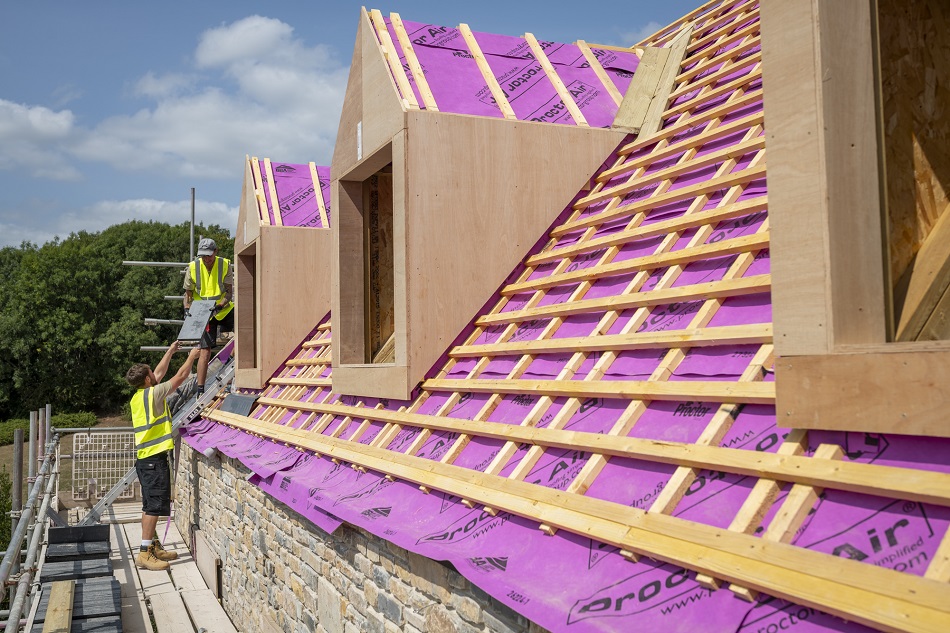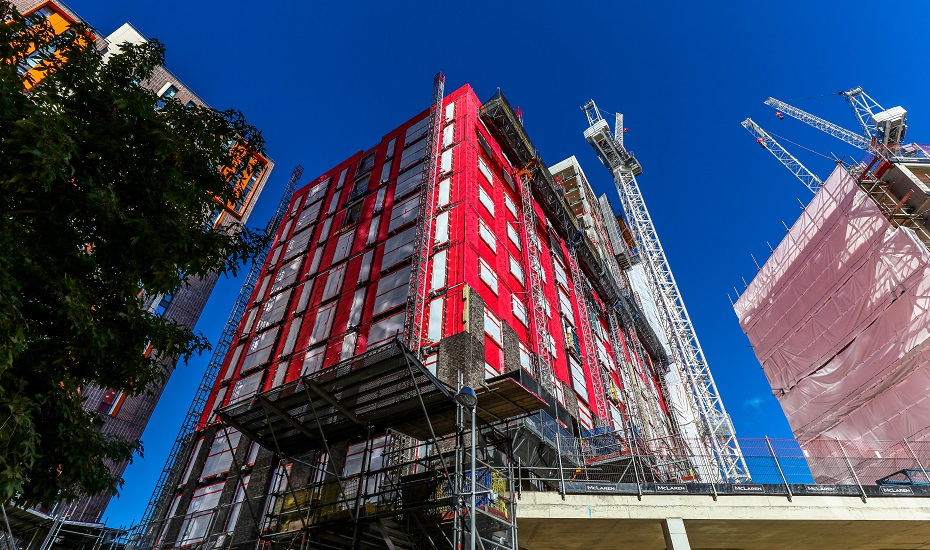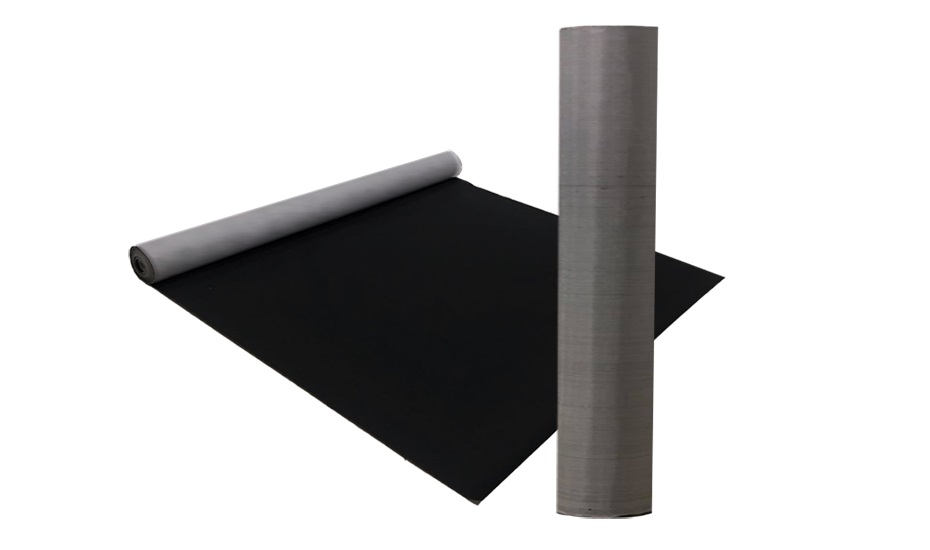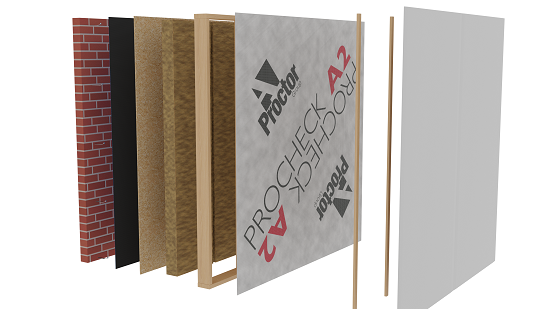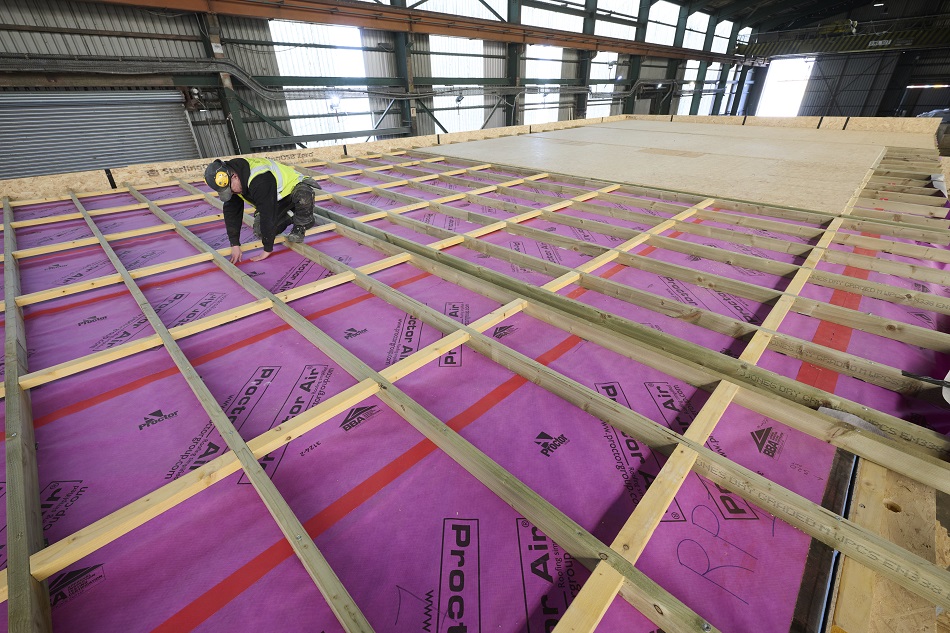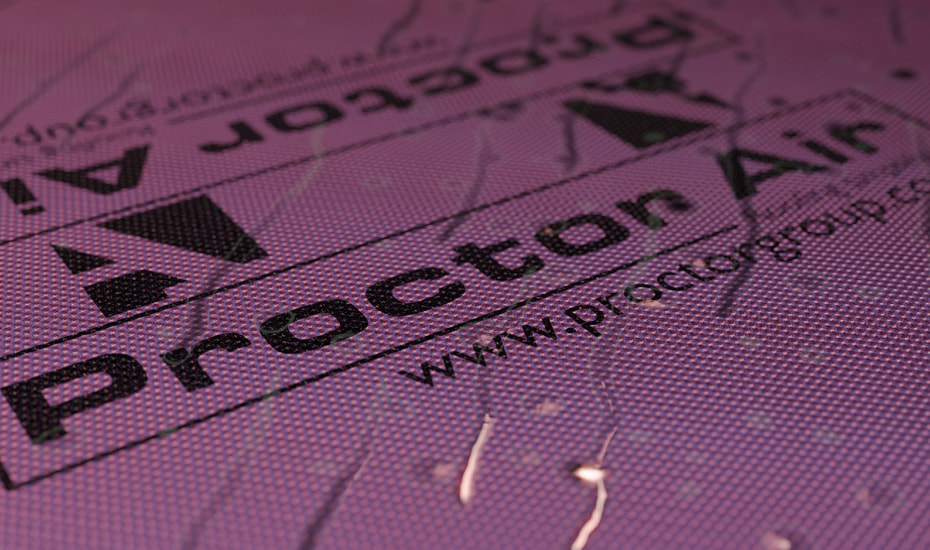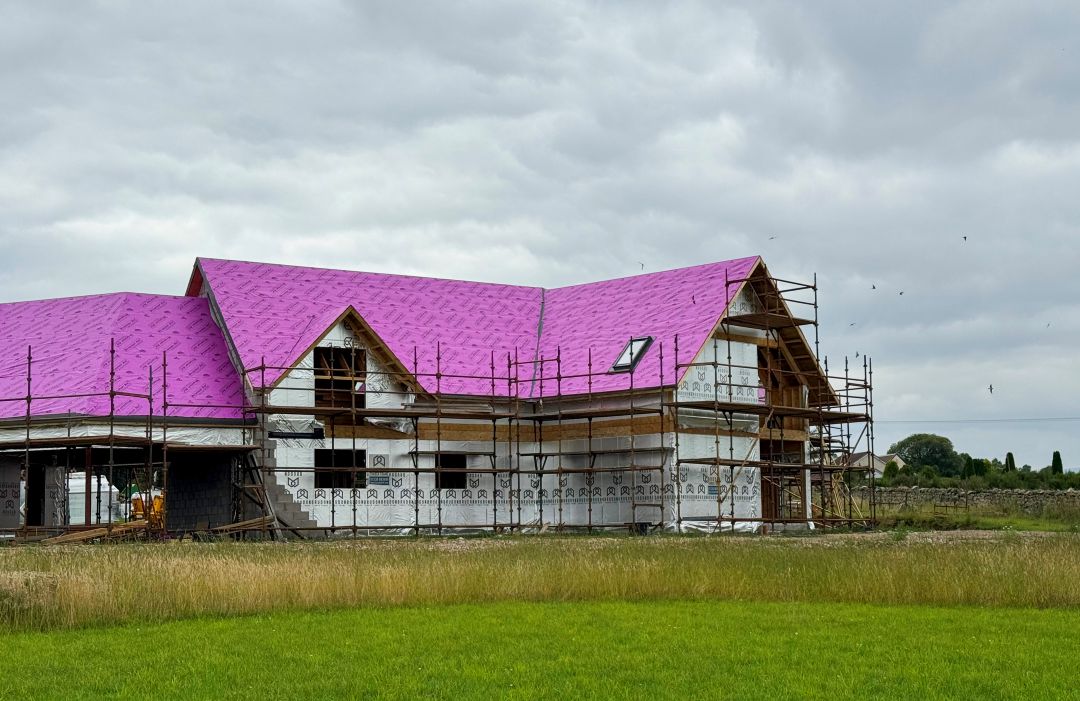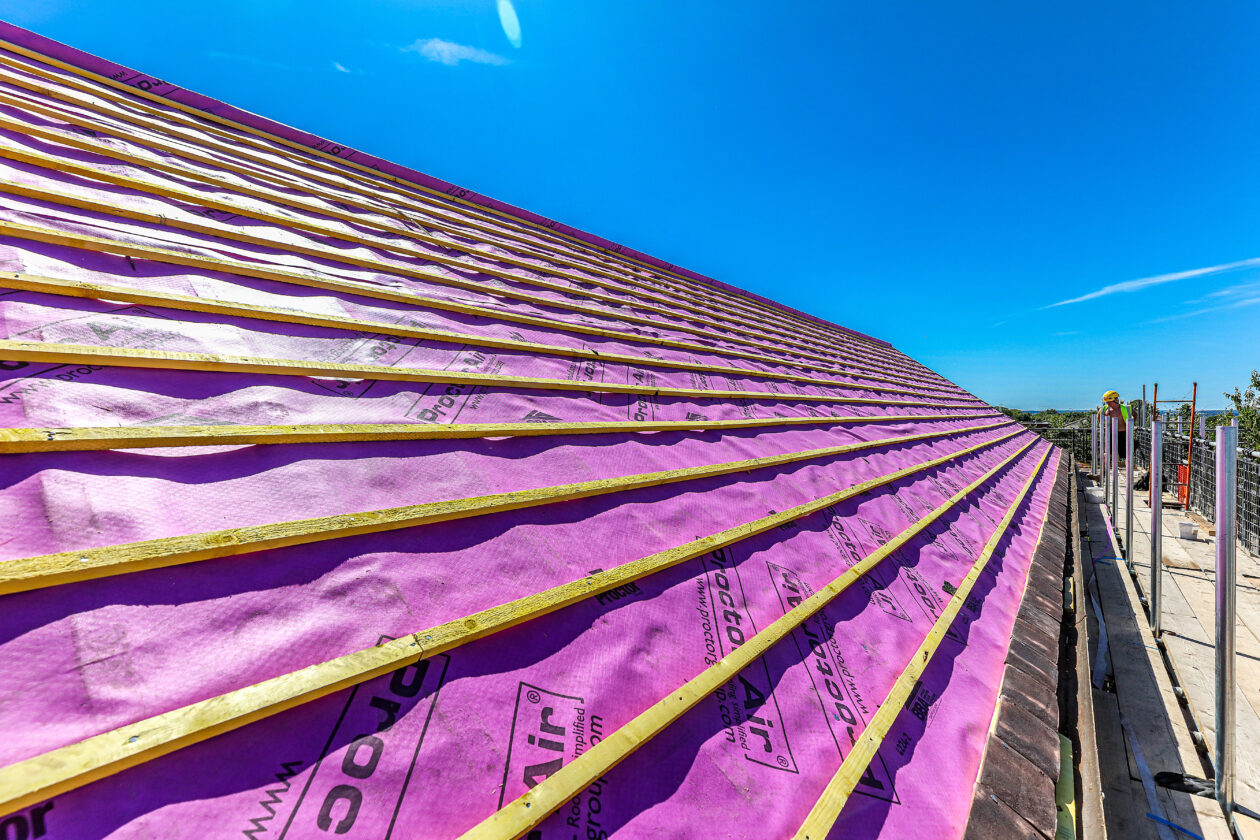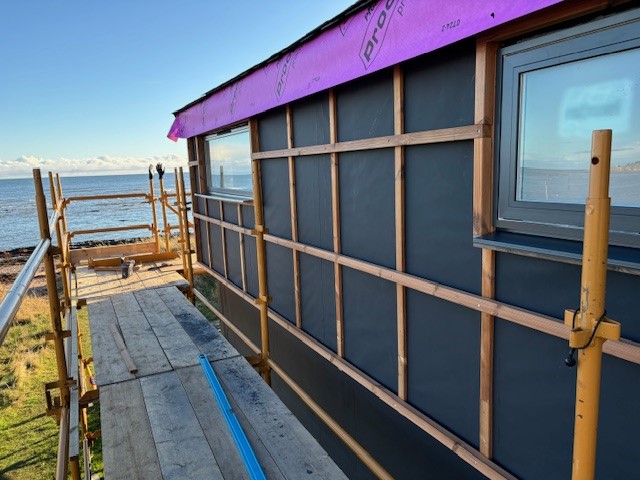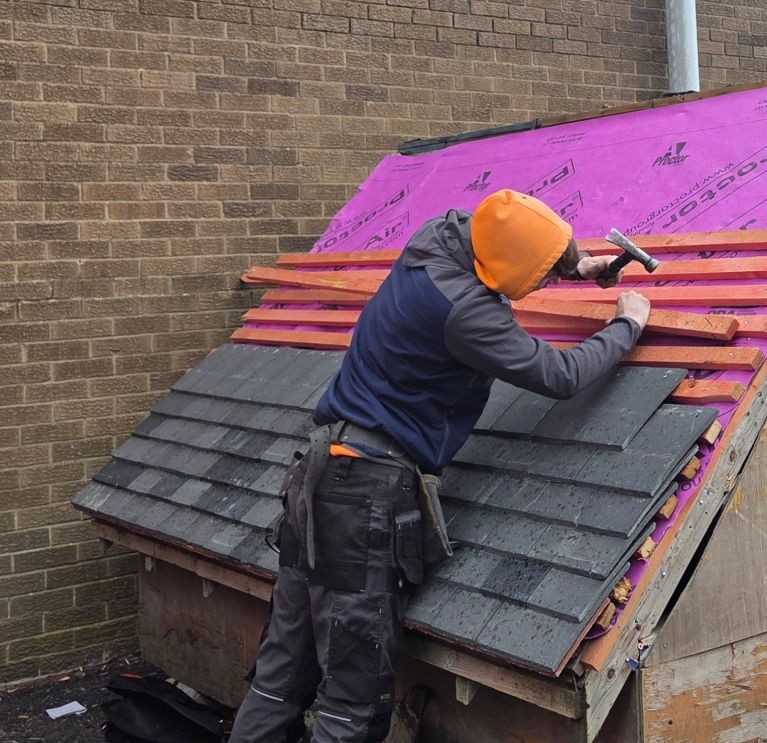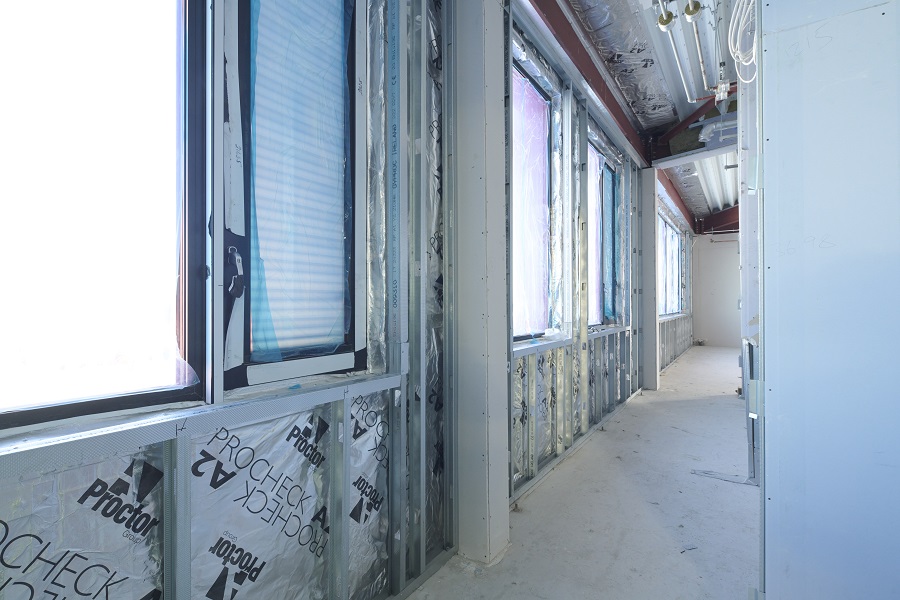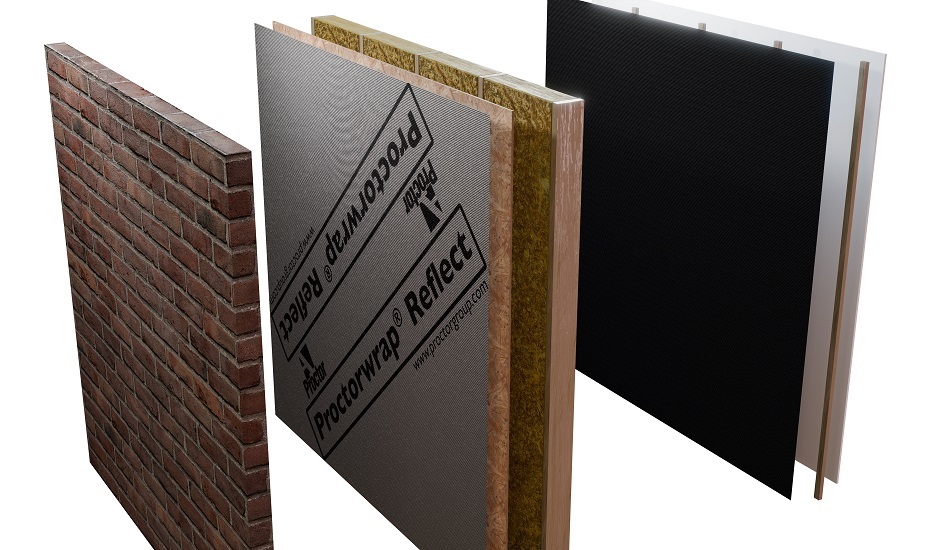A pitched roof underlay, like any product in a roof build-up, must complement the quality of service and the value of a guarantee that a reputable roofing contractor offers. Even the most skilful installers will struggle to deliver good quality work if a product is difficult to install and not user-friendly. The right pitched roof membrane gives roofing contractors confidence in the standard of the installation, which translates into comfort for the building owner that a guarantee is meaningful.
Case study: roof rebuild at The Leaze, Bleadney, Wells
Soteria Roofing Specialists was tasked with a substantial roof reconstruction project at The Leaze, a standalone property in Somerset valued at over £1 million. A complete overhaul of the main house is the first of four planned project phases, aimed at transforming the site.
